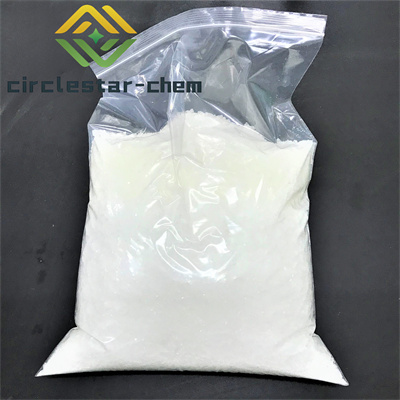
CAS: 131-57-7 Oxybenzone
Product Name: Oxybenzone
Synonyms: component of Presun 29;component of Presun 30;Cyasorb uv 9;Cyasorb uv 9 light absorber;cyasorbuv9;Escalol 567;Eusolex 4360;Lankromark LE296
CAS: 131-57-7
MF: C14H12O3
MW: 228.24
EINECS: 205-031-5
Product Categories: UVINUL M40;Aromatic Benzophenones & Derivatives (substituted);Industrial/Fine Chemicals;Additives for Plastic;Organics;
Price on request
REQUEST NOWProduct Introduction:
Chemical Properties white to light yellow crystalline powder
Description Oxybenzone is an organic compound used in sunscreens. It is a derivative of benzophenone. It forms colorless crystals that are readily soluble in most organic solvents. It is used as an ingredient in sunscreen and other cosmetics because it absorbs UV-A ultraviolet rays.
Oxybenzone absorbs UVB and UVA II rays, resulting in a photochemical excitation and absorption of energy. Upon return to ground state, the absorbed energy results in emission of longer wavelength radiation and decreased skin penetration of radiation which reduces the risk of DNA damage.
Uses ultraviolet screen
Uses Oxybenzone is an organic compound used in sunscreens. Oxybenzone is used as an ingredient in sunscreen and other cosmetics because it absorbs UVB and short-wave UVA (ultraviolet) rays. Oxybenzone was one of the first compounds incorporated into sunscreen formulations to offer enhanced UVA protection because its absorption spectrum extends to less than 350 nm.
Uses Sunscreen. UV stabilizer
Uses Ultraviolet light absorber and stabilizer, especially in plastics and paints.
Uses oxybenzone (benzophenone-3) is the drug name for an FDAapproved uV filter and absorber.
Uses benzophenone-3 (oxybenzone) is an oil-soluble uV absorber and filter with absorption rates within the uVA and uVB peak ranges. It has an approved usage level of up to 6 percent in the united States and 10 percent in the european union. Benzophenone-3 enhances SPF and is popular among sunscreen formulators given a concern over potential safety problems associated with more traditional sunscreen chemicals. However, some reports associate it with causing photocontact allergy. It is considered a non-comedogenic raw material."
Related products